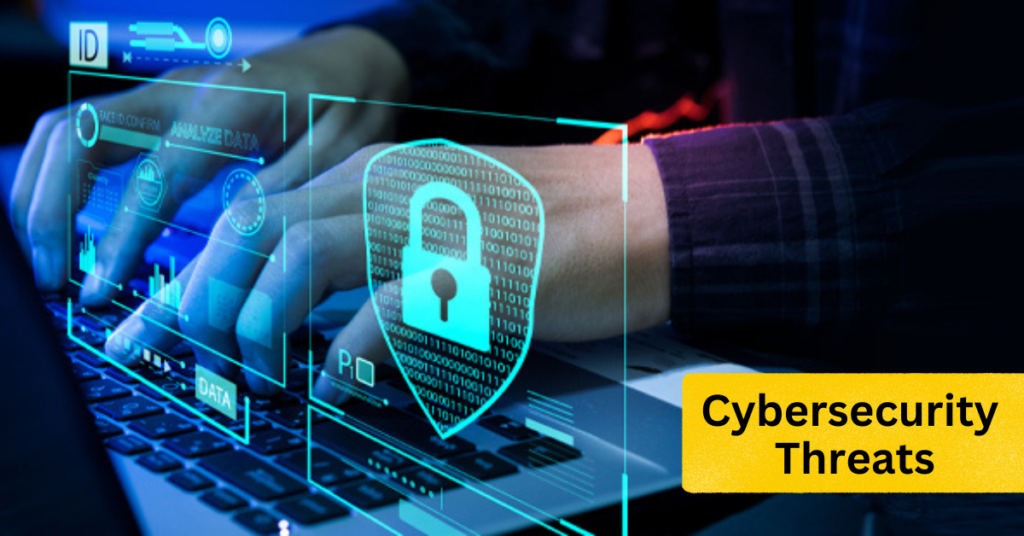Companies are increasingly adopting a multi-layered approach to combat cybersecurity threats, given the growing sophistication of cyber-attacks. Here are some of the key strategies and initiatives businesses are taking:
1. Advanced Threat Detection and Response
- AI and Machine Learning (ML): Many companies are leveraging AI and ML to detect anomalies in network behavior and predict potential threats. These systems can analyze vast amounts of data to identify patterns that may indicate a cyberattack.
- Behavioral Analytics: By monitoring user behavior, companies can detect unusual activities, such as login attempts from unfamiliar locations, which may signal compromised credentials.
2. Zero Trust Architecture
- The traditional security model of “trust but verify” is being replaced by Zero Trust, where no user or system is trusted by default, even if inside the network. Companies implement strict identity verification for every device, person, or entity trying to access their network.
- Micro-segmentation is used to break down the network into smaller parts, minimizing the spread of any attack.
3. Encryption and Secure Data Handling
- End-to-end encryption ensures that data is secure in transit and at rest, making it harder for attackers to intercept and read sensitive information.
- Tokenization replaces sensitive data with unique identification symbols that retain the essential information without compromising security.
4. Cloud Security Solutions
- With the growing adoption of cloud services, companies are investing heavily in cloud-native security tools to protect cloud-based infrastructure and applications. This includes services like firewalls, intrusion detection systems (IDS), and automated patch management.
- Companies are using multi-cloud environments to distribute risks, ensuring that a single breach doesn’t affect all critical assets.
5. Employee Training and Awareness
- Human error remains one of the leading causes of cybersecurity breaches. Companies are focusing on security awareness training to educate employees on recognizing phishing attacks, using strong passwords, and securely handling data.
- Phishing simulations are often used to test and train employees on how to handle suspicious emails or attachments.
6. Identity and Access Management (IAM)
- Businesses are implementing advanced IAM protocols, including multi-factor authentication (MFA) and single sign-on (SSO), to secure user access. These technologies ensure that unauthorized individuals cannot gain access to systems or sensitive data.
- Privileged Access Management (PAM) controls and monitors access for users with elevated permissions, reducing the risk of internal breaches.
7. Cybersecurity Frameworks and Standards
- Many organizations adopt industry standards such as the NIST Cybersecurity Framework or the ISO/IEC 27001 to ensure they have robust security controls in place.
- These frameworks provide structured guidelines to assess, manage, and mitigate risks, and companies use them as a baseline for securing their systems.
8. Incident Response and Recovery Plans
- Companies are preparing for potential breaches by developing and maintaining incident response plans (IRP). These plans outline the steps to be taken in case of a breach to minimize damage, recover data, and communicate with stakeholders.
- Backup and disaster recovery solutions are being enhanced to ensure that critical business data can be restored quickly in the event of an attack, such as ransomware.
9. Collaboration and Threat Intelligence Sharing
- Companies are increasingly collaborating with government agencies, industry groups, and other businesses to share information about emerging threats and vulnerabilities.
- Threat intelligence platforms (TIPs) collect, aggregate, and analyze threat data from various sources, enabling companies to proactively defend against emerging threats.
10. Third-Party Risk Management
- Since many breaches occur through vendors or third-party services, companies are paying more attention to their supply chain’s cybersecurity posture. They are conducting third-party risk assessments and enforcing strict cybersecurity requirements for their vendors.
11. Automated Security Solutions
- Security orchestration, automation, and response (SOAR) tools are being employed to automate routine security tasks, such as threat detection, incident response, and vulnerability scanning. This reduces the workload on security teams and allows for faster response times.
12. Penetration Testing and Ethical Hacking
- Companies hire ethical hackers to conduct penetration tests that simulate real-world attacks. This allows them to identify vulnerabilities before malicious actors can exploit them.
These comprehensive efforts reflect a shift from reactive to proactive cybersecurity, where companies aim to prevent attacks before they happen rather than just respond after the fact.
